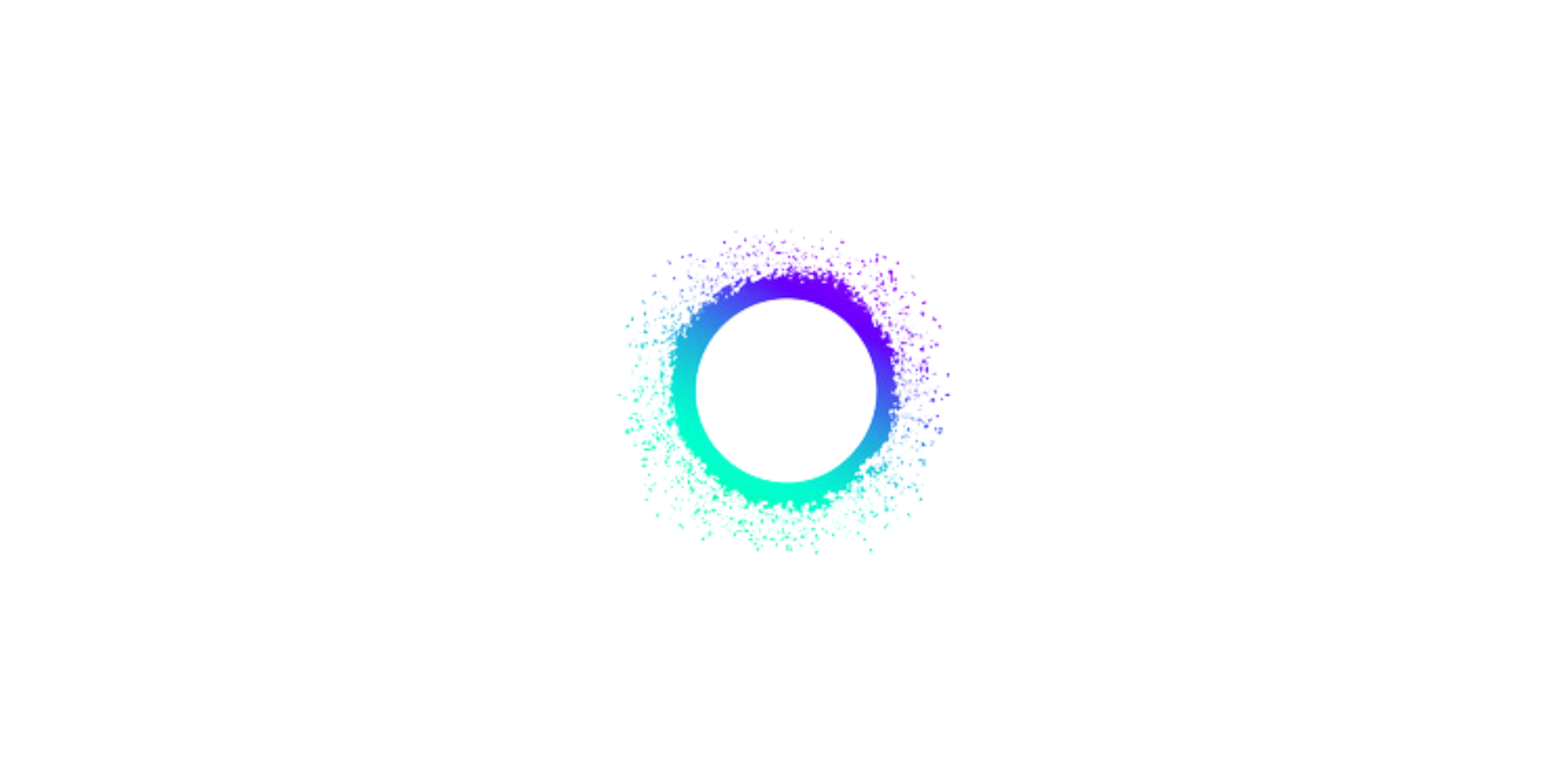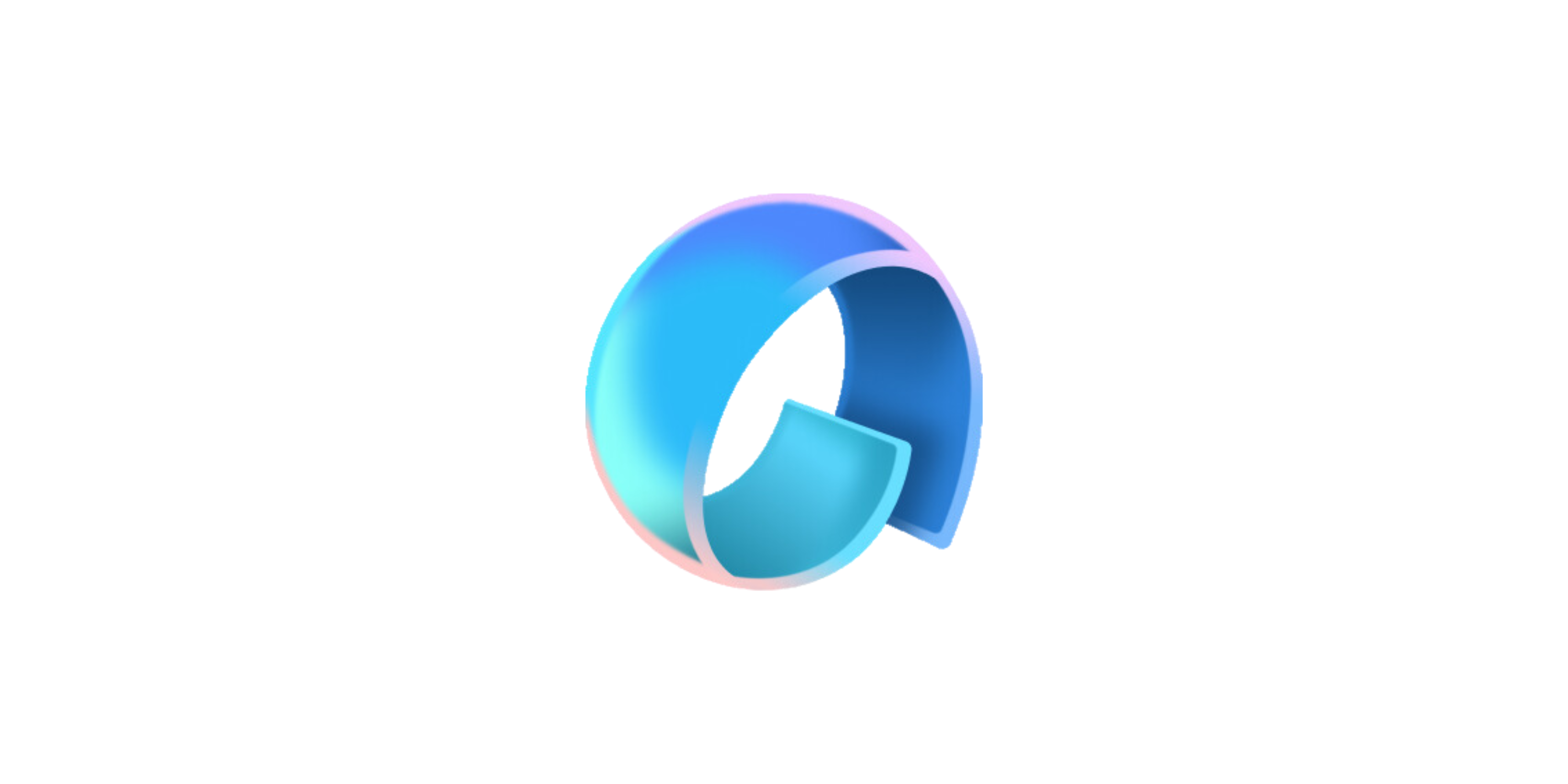Introduction
Holochain is an innovative open-source framework designed for building peer-to-peer (P2P) applications that prioritize decentralization, security, and user autonomy. Unlike traditional server-dependent architectures, Holochain enables the creation of serverless applications where data is stored locally and shared directly between users via encrypted networks. This review examines Holochain’s technical foundation and assesses its innovation, architecture, code quality, roadmap, usability, and team.
Innovation
Holochain introduces a unique approach to decentralized application development by focusing on agent-centric computing. This model empowers users to run their copies of applications, controlling their identity, data, and interactions without relying on centralized servers. By combining elements of BitTorrent, Git, and cryptographic signatures, Holochain offers a new paradigm for building secure, distributed applications. Its modular design allows developers to compose smaller application components, or DNAs, into larger, complex systems.
Architecture
The architecture of Holochain is centered around a Distributed Hash Table (DHT) and a gossip protocol that ensures data integrity and availability even when nodes are offline. Each application, or hApp, runs on a participant’s device within a conductor that manages cryptographic signing, data flow, and peer connections. Holochain’s architecture is designed to be highly scalable and resilient, focusing on decentralization and peer accountability.
Code Quality
Holochain’s codebase reflects a high development standard, emphasizing modularity and security. The project’s use of Rust, a language known for its memory safety and performance, contributes to the code‘s reliability and robustness. The modular design of DNAs and zomes (executable code modules) ensures that the code is both maintainable and extensible, allowing for continuous improvement and adaptation to new use cases.
Product Roadmap
Holochain’s roadmap includes the ongoing development of core functionalities, improvements in scalability, and the expansion of its ecosystem through partnerships and developer outreach. The project aims to refine its tools for developers, making it easier to build and deploy hApps. While the roadmap is ambitious, the open-source nature of the project allows for community contributions and transparency in its progress.
Usability
From a usability perspective, Holochain offers developers a flexible and robust framework for creating decentralized applications. However, the learning curve may be steep for those unfamiliar with P2P networks and cryptographic principles. The project’s documentation is comprehensive, but the complexity of the architecture may present challenges for new developers. However, the modular design of hApps provides significant flexibility in application design and deployment.
Team
The Holochain development team comprises experienced engineers and contributors who are well-versed in distributed systems, cryptography, and open-source development. The team’s commitment to building a decentralized framework is evident in the project’s technical direction and community engagement. Their experience and dedication are vital strengths in driving the project’s innovation and maintaining its high code quality.
Conclusion
Holochain represents a significant innovation in decentralized application development. Its agent-centric approach and robust and scalable architecture offer a compelling alternative to traditional server-based systems. While the framework is technically complex and may require a steep learning curve, its potential for creating secure, reliable, and genuinely decentralized applications is undeniable. The project’s commitment to open-source development and its experienced team position Holochain as a promising framework in the evolving landscape of distributed computing.
| Initial Screening | |||
| Keep researching | |||
| Does this project need to use blockchain technology? | No | ||
| Can this project be realized? | Yes | ||
| Is there a viable use case for this project? | Yes | ||
| Is the project protected from commonly known attacks? | Yes | ||
| Are there no careless errors in the whitepaper? | Yes | ||
| Project Technology Score | |||
| Description | Scorecard | ||
| Innovation (Out Of 11) | 9 | ||
| How have similar projects performed? | Good | 2 | |
| Are there too many innovations? | Regular | 2 | |
| Percentage of crypto users that will use the project? | 6%-10% | 3 | |
| Is the project unique? | Yes | 2 | |
| Architecture (Out of 12) | 8 | ||
| Overall feeling after reading whitepaper? | Good | 2 | |
| Resistance to possible attacks? | Good | 2 | |
| Complexity of the architecture? | Not too complex | 2 | |
| Time taken to understand the architecture? | More than 1 hour | 0 | |
| Overall feeling about the architecture after deeper research? | Medium | 2 | |
| Has the project been hacked? | No | 0 | |
| Code Quality (out of 15) | 13 | ||
| Is the project open source? | Yes | 2 | |
| Does the project use good code like C,C++, Rust, Erlang, Ruby, etc? | Yes | 2 | |
| Could the project use better programming languages? | Yes | 0 | |
| Github number of lines? | More than 10K | 1 | |
| Github commits per month? | More than 10 | 2 | |
| What is the quality of the code? | Good | 2 | |
| How well is the code commented? | Outstanding | 2 | |
| Overall quality of the test coverage? | Good | 1 | |
| Overall quality of the maintainability index? | Good | 1 | |
| When Mainnet (out of 5) | 5 | ||
| When does the mainnet come out? | Mainnet | 5 | |
| Usability for Infrastructure Projects (out of 5) | 5 | ||
| Is it easy to use for the end customer? | Yes | 5 | |
| Team (out of 7) | 7 | ||
| Number of active developers? | 5+ | 2 | |
| Developers average Git Background? | Senior | 2 | |
| Developers coding style? | Outstanding | 3 | |
| Total Score (out of 55) | 47 | ||
| Percentage Score | |||
| Innovation | 16.36% | ||
| Architecture | 14.55% | ||
| Code Quality | 23.64% | ||
| Mainnet | 9.09% | ||
| Usability | 9.09% | ||
| Team | 12.73% | ||
| Total | 85.45% |





